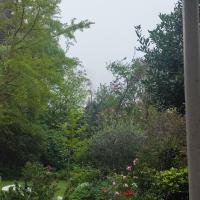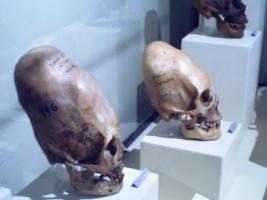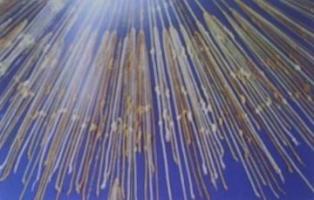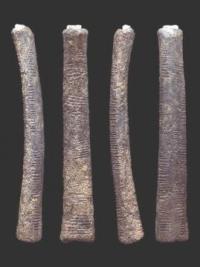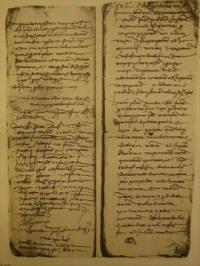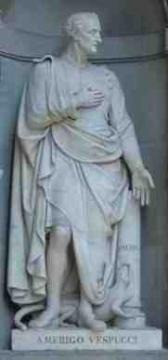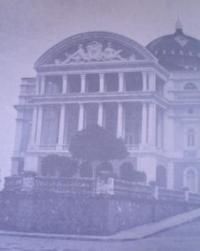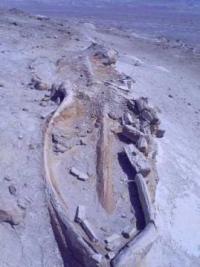Springtime Strawberry Rhubarb Cheesecake

@AniphaeS
Published in
Sweet Desserts and Baking
· 1 May 2024

Springtime Strawberry Rhubarb Cheesecake Ingredients Crust: Crushed Graham Crackers: 9 crackers (one full sleeve) Melted Butter (salted): ½ cup Sugar: 1 tablespoon Cheesecake Filling: Softened Cream Cheese: 16 ounces Thawed Cool Whip: 8 ounces Powdered Sugar: 1 cup Vanilla Extract: 1 teaspoon Fruit Topping: Chopped Rhubarb: 2 cups, in ½-inch pieces Chopped Strawberries: 2 cups Sugar: ¾ cup Cornstarch: 3½ tablespoons Lemon Zest: From 1 lemon (about 1½ tablespoons) Lemon Juice: 1½ tablespoons Vanilla Extract: 1 teaspoon Instructions For the Crust: Grease an 8×8-inch baking pan with non-stick spray. Mix graham cracker crumbs, melted butter, ...
